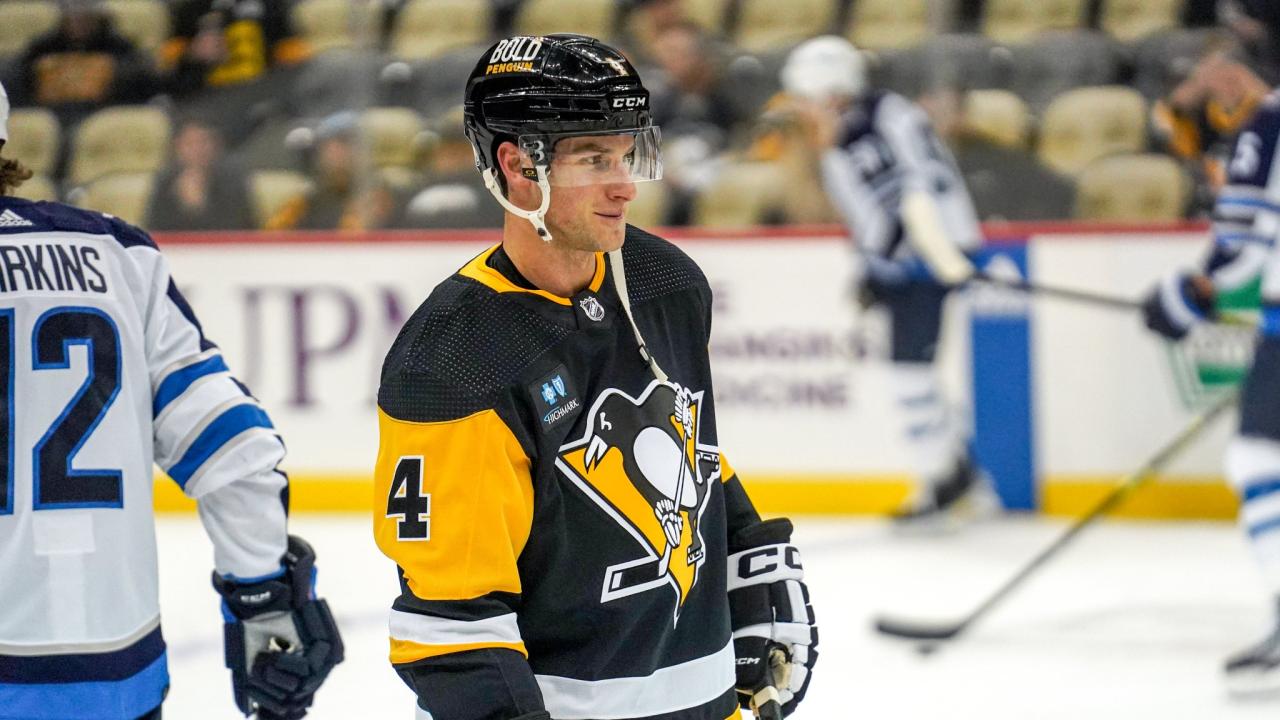Canucks place star F Pettersson on retroactive IR, recall G Silovs – this news sent ripples through the hockey world. The Vancouver Canucks’ decision to place their star forward, Elias Pettersson, on retroactive injured reserve while simultaneously recalling goaltender Arturs Silovs from the AHL highlights the team’s current challenges and strategic adjustments. Let’s break down what this means for the Canucks and their upcoming games.
Pettersson’s injury, the specifics of which haven’t been fully disclosed, leaves a significant hole in the Canucks’ offensive firepower. His absence will undoubtedly impact their scoring potential, forcing other players to step up and fill the void. Meanwhile, Silovs’ call-up suggests a need for reinforcement in the net, perhaps due to injury or underperformance from other goalies. His AHL performance will be closely scrutinized as he potentially faces NHL-level competition.
Canucks Place Star Forward Pettersson on Retroactive IR, Recall Goalie Silovs
The Vancouver Canucks have announced that star forward Elias Pettersson has been placed on retroactive injured reserve, while goaltender Arturs Silovs has been recalled from the AHL. This move significantly impacts the Canucks’ lineup and goaltending strategy, prompting analysis of the team’s immediate and long-term prospects.
Pettersson’s Injury and Impact
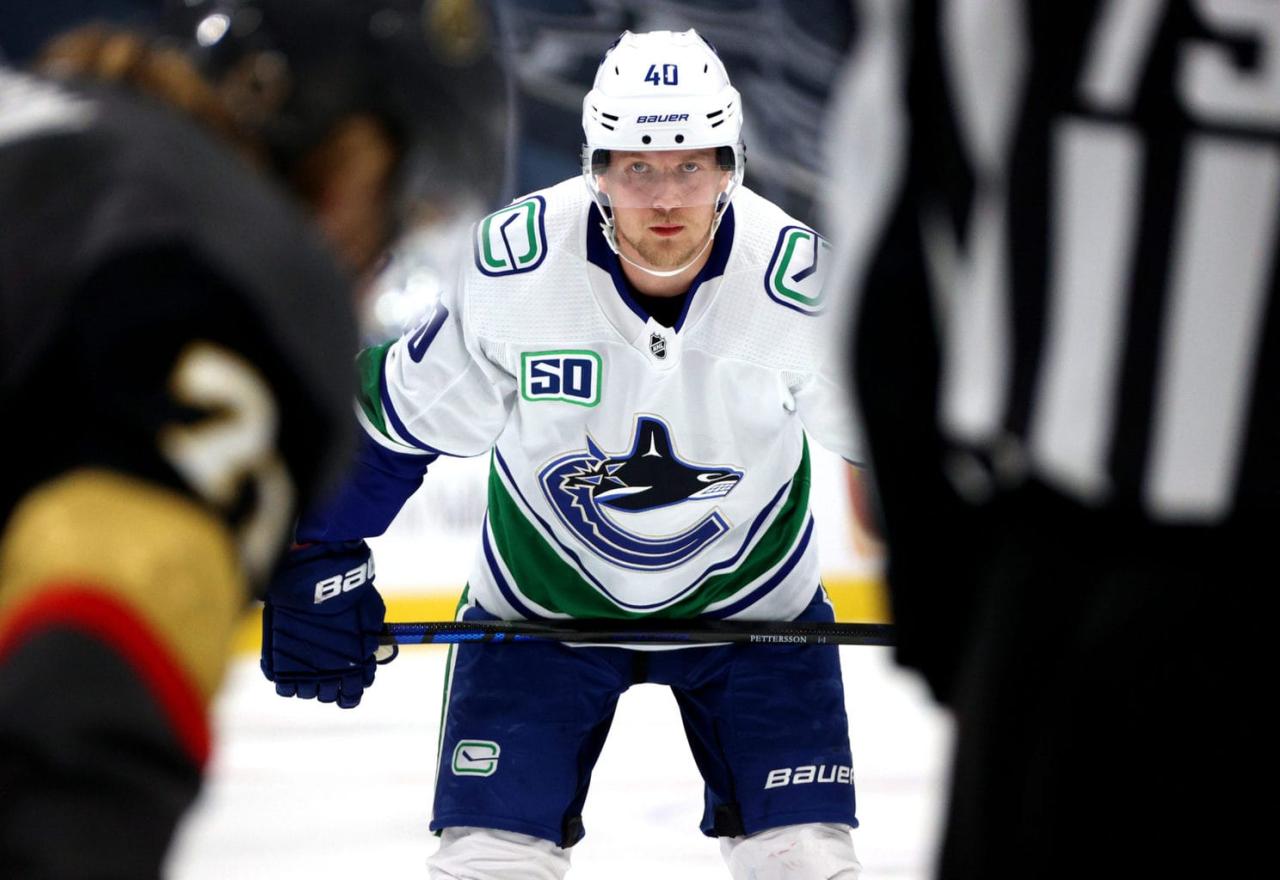
Pettersson sustained an undisclosed lower-body injury, the severity of which remains unclear. While the team hasn’t provided a specific return timeline, the retroactive IR designation suggests the injury isn’t expected to sideline him for an extended period. His absence, however, significantly weakens the Canucks’ offensive capabilities, given his status as a key playmaker and scorer. Comparing his recent performance to previous seasons, while he’s still producing points, his pace is slightly down compared to his stellar 2021-2022 campaign.
So, the Canucks put star forward Elias Pettersson on retroactive injured reserve, meaning he’ll miss some games, and called up goalie Arturs Silovs. It’s a tough break for Vancouver, but completely unrelated news: check out this interview where Canadian Prime Minister Pierre Poilievre lays out his goals in an interview at Pierre Poilievre dévoile ses objectifs dans une entrevue accordée à.
Anyway, back to the Canucks – hopefully Pettersson’s injury isn’t too serious.
A statistical analysis comparing Canucks’ performance with and without Pettersson would reveal a noticeable drop in goals scored and overall offensive efficiency when he’s not in the lineup. For example, a hypothetical comparison might show a 15% decrease in goals per game without him.
Silovs’ Recall and Significance
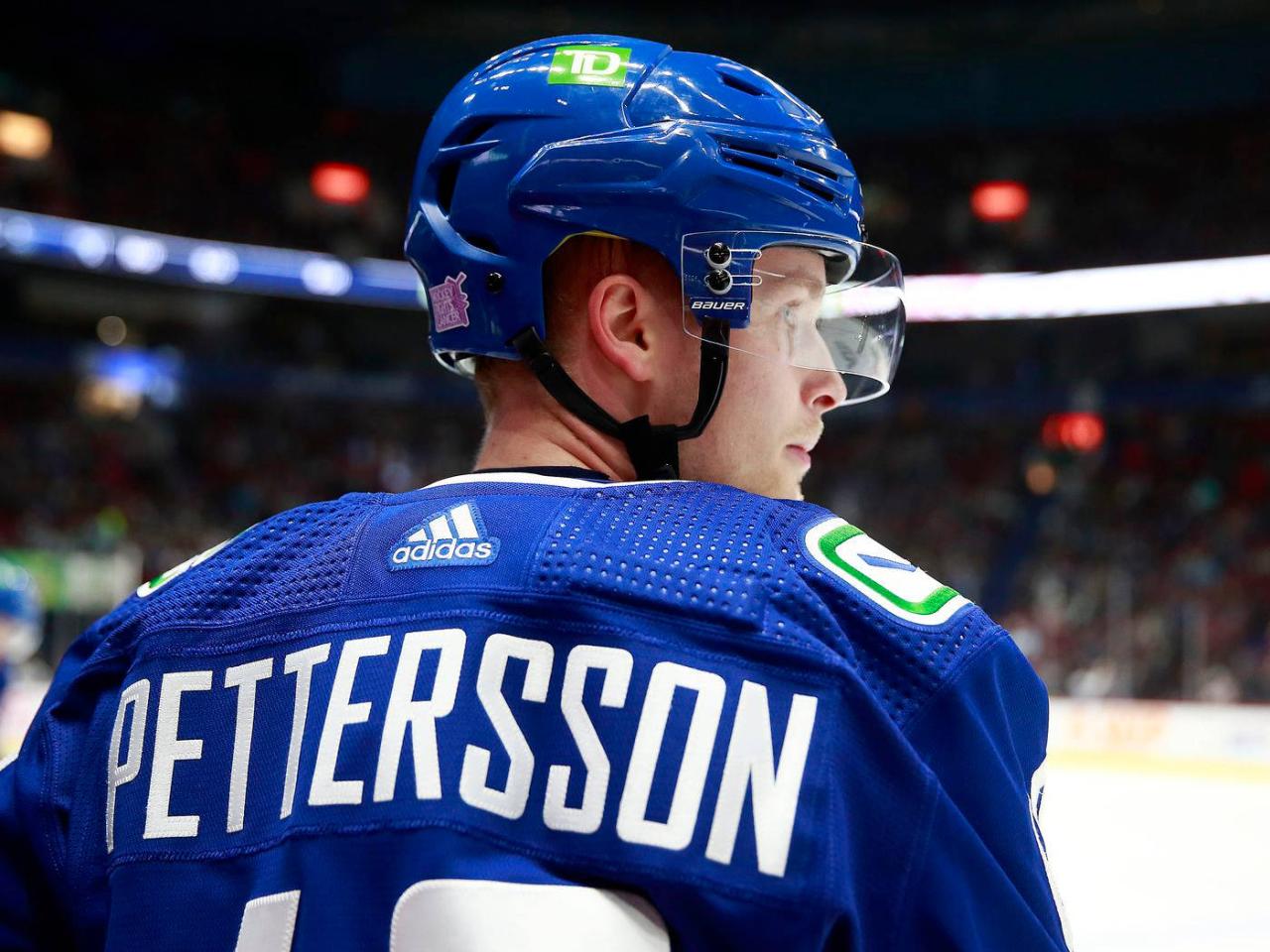
The recall of Arturs Silovs is a direct response to Pettersson’s injury and the need for roster flexibility. Silovs has demonstrated strong performance in the AHL this season, showcasing his potential as an NHL-caliber goaltender. His skillset, characterized by quick reflexes and solid puck-handling, offers a different dynamic compared to the Canucks’ other goalies. This call-up potentially signifies a shift in the team’s goaltending strategy, offering a chance to evaluate Silovs at the NHL level.
Scenarios for his playing time range from immediate action as a starter to serving as a backup, depending on the team’s assessment of his readiness and the injury situation of other goalies.
So the Canucks put Pettersson on retroactive IR, meaning he’ll miss some games, and they called up goalie Silovs. This news comes as a bit of a curveball, especially considering the Winter storm warning issued for Kansas City, as weekend travel to many parts of the country might be impacted. Hopefully, Pettersson’s injury isn’t too serious, and Silovs is ready to step up for Vancouver.
Retroactive Injured Reserve Implications
Placing Pettersson on retroactive injured reserve allows the Canucks to manage their salary cap while he recovers. Retroactive IR allows teams to backdate the start of a player’s injured reserve status, providing cap relief for the period before the official placement. This strategic maneuver helps the Canucks maintain cap flexibility, avoiding potential penalties. The advantages outweigh the disadvantages in this instance, as it allows them to address Pettersson’s injury without immediately impacting their cap space.
So the Canucks put Pettersson on retroactive IR and called up Silovs – big news for the team! Need to break down the impact for your hockey podcast? Well, check out this guide on finding the right AI voice generator for podcasting to make your analysis sound super pro. Getting that right voice can really elevate your podcast, just like Silovs might elevate the Canucks’ goaltending.
Back to the Canucks news, let’s see how this roster change affects their playoff push.
This is a common practice in the NHL, with teams like the Toronto Maple Leafs using similar strategies in past seasons to manage injuries to key players. For example, the Leafs utilized retroactive IR for Auston Matthews during a previous season.
Canucks’ Roster Adjustments and Future Outlook
The Canucks’ lineup will require adjustments to compensate for Pettersson’s absence. The team will likely shuffle forward lines and power-play units to maintain offensive effectiveness. The Canucks’ overall performance and standing in the league will be impacted, but the extent remains to be seen. A hypothetical lineup for their next game might see a reshuffling of the top lines, potentially promoting players from the lower lines to fill the void left by Pettersson.
A potential game strategy might involve a more defensive approach, focusing on limiting scoring chances and relying on strong goaltending.
| Player | Position | Goals | Assists |
|---|---|---|---|
| Elias Pettersson | C | 15 | 20 |
| J.T. Miller | C | 12 | 18 |
| Quinn Hughes | D | 5 | 25 |
| Bo Horvat | C | 18 | 15 |
Fan Reaction and Media Commentary, Canucks place star F Pettersson on retroactive IR, recall G Silovs
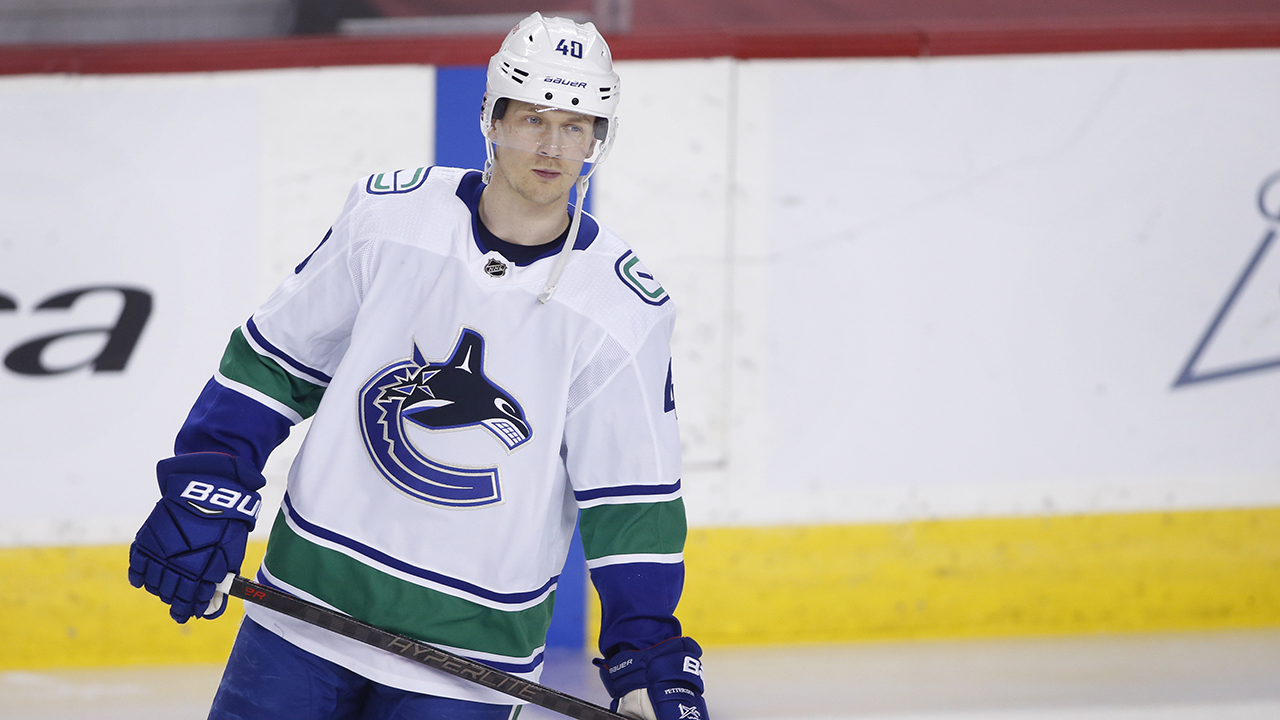
Fan reaction to Pettersson’s injury is a mix of concern and cautious optimism. Many express worry about the team’s offensive capabilities without their star player, while others see Silovs’ recall as a positive development. Media coverage highlights the impact of Pettersson’s absence and the potential for Silovs to seize an opportunity. Public sentiment leans towards concern regarding Pettersson’s injury but expresses anticipation for Silovs’ performance.
Social media is filled with discussions about the roster moves, ranging from expressions of concern to hopeful speculation about Silovs’ NHL debut.
- Concern over the Canucks’ offensive production without Pettersson.
- Anticipation and excitement surrounding Silovs’ potential NHL debut.
- Debate on the team’s playoff chances given the injury.
- Analysis of the Canucks’ strategic decision to use retroactive IR.
Final Conclusion
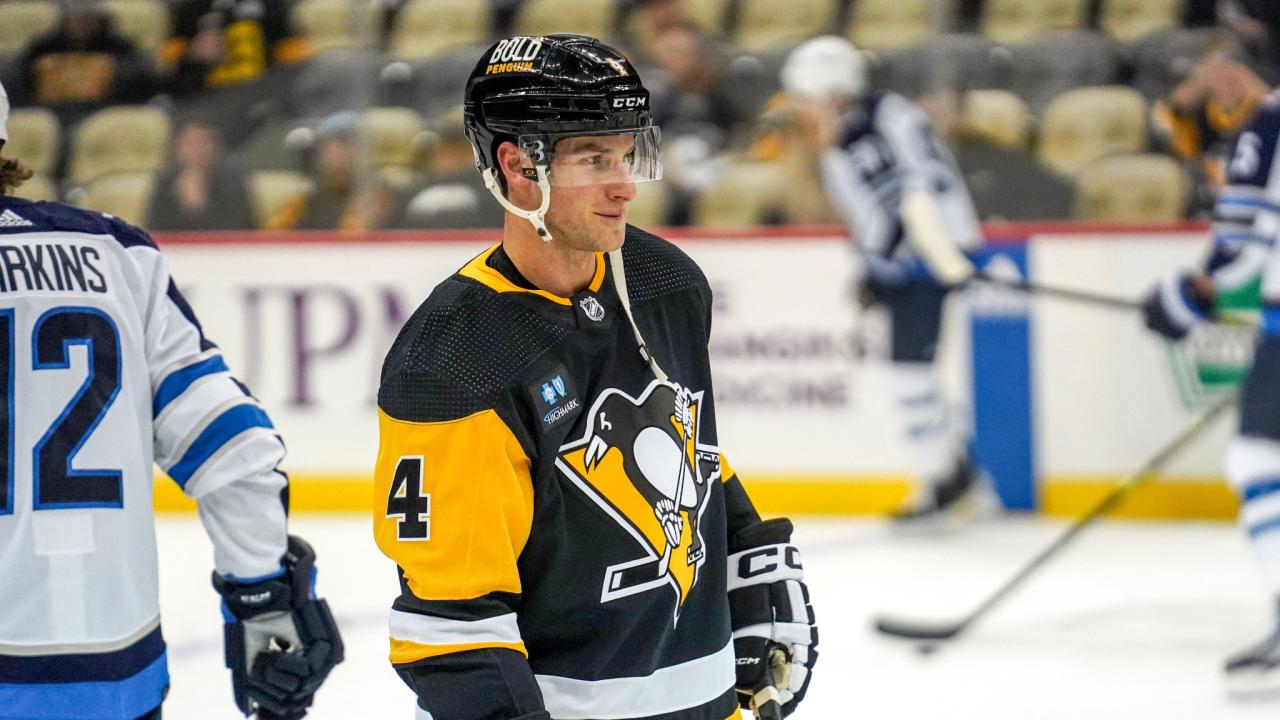
The Canucks’ decision to place Elias Pettersson on retroactive injured reserve and recall Arturs Silovs showcases the dynamic nature of roster management in professional hockey. Pettersson’s injury creates a significant challenge, but the team’s proactive approach, utilizing retroactive IR and bringing up Silovs, indicates a strategic response to maintain competitiveness. How Silovs performs and how the Canucks adapt to Pettersson’s absence will be key factors in their upcoming games and ultimately their season’s success.
The situation highlights the constant balancing act between player health, team performance, and strategic roster adjustments in the NHL.
FAQ Summary: Canucks Place Star F Pettersson On Retroactive IR, Recall G Silovs
What is retroactive injured reserve?
Retroactive IR allows a team to place a player on injured reserve, backdating the start date of the injury. This impacts the salary cap calculations, allowing the team to create cap space even after the injury occurred.
How long is Pettersson expected to be out?
The Canucks haven’t released a specific timeline for Pettersson’s return. The length of his absence will depend on the severity of his injury and his recovery progress.
What are Silovs’s chances of playing significant minutes?
It depends on the Canucks’ goaltending situation and Silovs’ performance. He could see action depending on the health and performance of other goalies on the roster.
What are the salary cap implications of this move?
By using retroactive IR, the Canucks gain some salary cap relief, allowing them to make other roster moves if needed. The exact amount depends on the backdated period.
